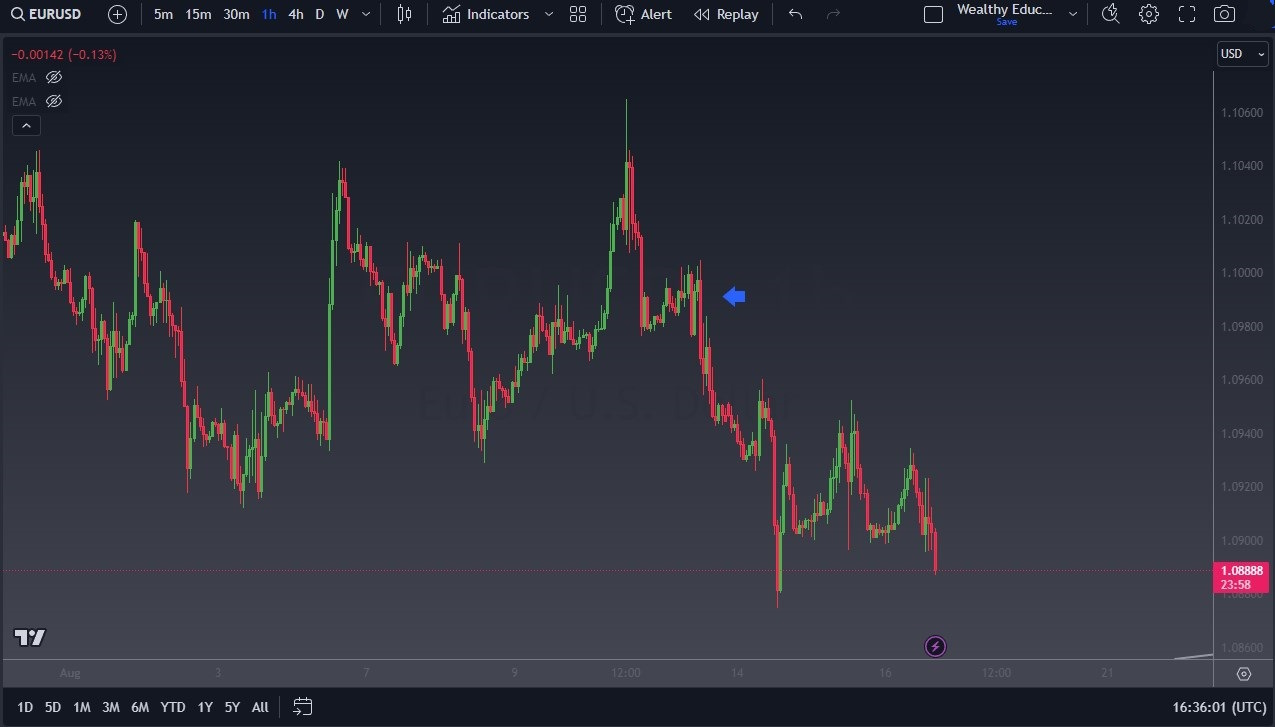Imagine the routine process of fueling your car. If you consistently refuel your tank every week, you'll average out the cost when gas prices rise and fall throughout the year. But waiting for the price to dip might result in missing the decrease or even witnessing a surge. In essence, this scenario mirrors the fundamental idea of dollar-cost averaging, a time-tested strategy favored by numerous investors.
The Essence of Dollar-Cost Averaging (DCA)
Dollar-cost averaging is the act of investing a consistent sum into a particular financial instrument irrespective of its current market value. When executed over extended periods, this strategy substantially reduces a portfolio's vulnerability to market volatility by averaging out price variances.
In comparison, lump-sum investments often mean patiently waiting for the ideal market circumstances, potentially missing out on incremental growths. For instance, if one were observing the gold market, they might have overlooked its $300 increase in anticipation of a price decrease, thereby missing out on a potentially profitable window.
Understanding the Perils of Market Timing
The quest for the perfect market timing can be fraught with unanticipated risks. The unpredictability of market trends means downturns can follow long-standing positive trajectories. Attempting to predict these shifts is notoriously challenging, even for seasoned investors. This unpredictability mandates many investors to wait for confirmed market trends to limit exposure.
Moreover, market timing demands rigorous analysis, intensive market insight, and constant vigilance. Determining and confirming genuine market trends requires intricate research, extensive past performance analyses, and other resources which might be cost-intensive.
This method also exposes investors to the psychological pitfalls of impulsive decisions like “revenge trading” – hastily trying to recuperate from a loss or panic selling, potentially exacerbating the losses. Conversely, DCA simplifies the process by systematically investing at regular intervals. It essentially eliminates the need for intricate research, minimizes potential psychological traps, and provides a buffer against drastic market swings.

DCA in a Nutshell
Dollar-cost averaging in practice: You consistently invest a predetermined amount in a stock or a set of stocks. Unlike some complex strategies, DCA doesn't necessitate comprehensive financial know-how. In fact, if you contribute to a workplace retirement plan, you're likely already employing this strategy.
The brilliance of DCA lies in its inherent ability to benefit from falling markets (since the same amount can buy more shares) and to mitigate the impact of price surges. Over time, these consistent investments usually result in a lower average purchase price.
Historical Context of DCA
It's worth noting that Benjamin Graham, the revered mentor to Warren Buffett, referenced DCA in his seminal work, "The Intelligent Investor."
DCA Demystified: A Guided Walkthrough
- Budget Formation: Outline your personal finance framework and allocate a portion of your income for the DCA strategy.
- Determine Time Horizon: Decide on the duration and anticipated outcomes of your DCA approach.
- Asset Selection: Select the financial instruments you intend to invest in.
- Brokerage Registration: Platforms like Prime XBT, which offer diverse investment avenues, can be a good start.
For instance: Over a span of 6 months, by consistently investing $500 monthly in a stock like NVIDIA, even with a stock price difference of $161.71, an investor would've achieved an average price of $377.18. This would've translated to notable savings, and most importantly, the investor would've capitalized on the stock's growth during that period.
DCA’s Impact: Navigating Through Market Turbulence
The efficacy of DCA is evident in its capacity to buy more stocks when prices dip and purchase less during price surges. This automatic recalibration helps investors remain relatively insulated from sharp market fluctuations.
The Upsides of DCA
DCA's primary benefit lies in its capacity to neutralize price spikes. Additionally, it offers a virtually automated investment route, free from the exhaustive process of market analyses. This method, adopted by long-term investors for generations, minimizes engagement while potentially maximizing returns.
When DCA Might Not Align With Your Goals
DCA is not universally suitable. For investors seeking short-term gains, or those who actively trade based on market fluctuations, DCA may not be the optimal strategy. To fully reap DCA's benefits, one must commit to a longer investment horizon and a diversified portfolio.
Lump Sum vs. DCA
Lump sum investments demand both substantial capital and deep market insight. Conversely, DCA requires a more hands-off approach, allowing investors to benefit from growing markets and tempering the risks associated with sudden market swings.
Integrating DCA into Your Investment Blueprint
- Determine Investment Capital: Financial advisors often suggest allocating 10-15% of annual income for investments.
- Define Investment Frequency: This could be monthly, quarterly, etc.
- Choose an Investment Platform: Brokerages like Prime XBT provide not only market access but also tools for informed investment decisions.
In Closing: Navigating the Market’s Unpredictability
The unpredictability of markets, driven by complex human behaviors, is a given. Yet, through strategies like DCA, investors can navigate these uncertainties, potentially capitalizing on market surges and mitigating the effects of downturns.
FAQ
- Is DCA currently viable? Yes, DCA's design inherently averages out risks across various investments, making it a low-engagement, effective strategy.
- How does DCA operate? It's akin to mutual funds, but regular, recurring investments normalize prices over longer durations.
- Any practical DCA examples? Retirement accounts or even the consistent refueling of a car, regardless of fluctuating petrol prices, mirror the DCA philosophy.











